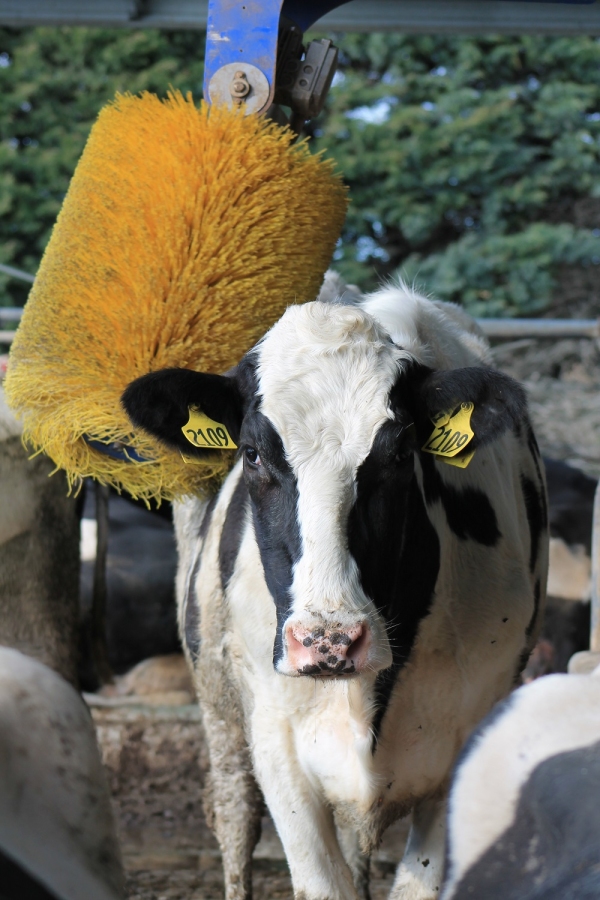Grain Feeding Ruminants
Grains contain high concentrations of starch, a rich source of energy for rumen microbes and, indirectly, for the animal. The types of volatile fatty acids (VFA) produced in the rumen of grain-fed animals are slightly different to those found in the rumen of non-grain fed animals. Greater concentrations of one VFA, propionate, supports more efficient conversion of feed to meat, milk, wool and velvet for grain-fed animals.
Crude protein (CP) concentrations in grains are relatively low compared with forages, with concentrations ranging between 9-16% DM. Low concentration of CP in grains is ideal for balancing high crude protein (CP) levels found in pastures during spring and autumn, also in high quality grass or lucerne silage. Different stock classes need different amounts of protein, with pregnant and lactating animals, and those growing at rapid rates of liveweight gain requiring more protein (and energy) than other classes of animals. If grains are fed as a relatively small proportion of the total diet, with the balance as good quality leafy forage, for most stock classes a protein deficit is unlikely to limit production. Exceptions include high producing dairy cows during early lactation or when grain is fed together with other low protein feeds such as maize or cereal silage, or poor quality forage during a drought.
Grains contain lower concentrations of neutral detergent fibre (NDF) than those found in forages. Ruminant animals require a source of fibre to maintain effective rumen function. Low concentrations of NDF can reduce efficiency of rumen function and may increase risk of ruminal acidosis (grain overload). Grains must always be fed together with a source of fibre, e.g. relatively mature pasture, hay, straw or silage to optimise production responses and minimise risk of animal health problems. Oat grain provides the highest levels of NDF and maize the least NDF in every kilogram of dry matter. Concentrations of NDF required to support optimal rumen function are generally greater for cattle than for sheep.
Grain-fed stock classes with an above average requirement for calcium and sodium may require mineral supplementation. Dietary calcium requirements are increased by rapid skeletal growth (young stock growing rapidly), by lactation and during the latter stages of pregnancy. Supplemental calcium is delivered usually as limeflour (calcium carbonate) blended with grain. Salt or sodium bicarbonate are common sources of sodium blended with grain.
Contact one of the PGG Wrightson Grain nutritionists for further nutritional advice to ensure appropriate integration of grains into the diet of different stock classes.

